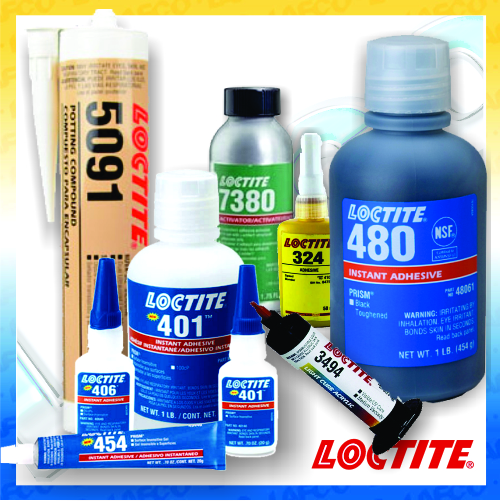-
[0] Quote Cart
- Log In
- Upload your RFQ File
- Get quoted for unfound product
My Quote Cart - Quick Quote
-
Product categories
- Fastening and Joining Fastening and Joining
- Tooling Components Tooling Components
- Quick Release Pins - Locking Pins Quick Release Pins - Locking Pins
- Locating Components Locating Components
- Clamping technologies Clamping technologies
- Lifting Solutions Lifting Solutions
- Knobs, Cranks, Handles, Levers, Hand Wheels Knobs, Cranks, Handles, Levers, Hand Wheels
-
Bushings
Bushings
Bushings
- Press-Fit Drill Bushings
- Removable Drill Bushings
- Embedment Bushings
- Gun Drill Bushings
- Oil-Groove Bushings
- Extra Thinwall Bushings
- TYPE AF - Air Feed Drill Bushings
- Template Bushings
- Toolholder Bushings
- Titanium Nitride Bushings (TiN)
- Tungsten Carbide Bushings
- Type CB, Circuit Board Drill Bushings
- EZ Cast Bushings
- Power Transmission - Oilite Bushings
- Drill Bushings Accessories
- Hardware Hardware
- Industrial Supplies Industrial Supplies
- Modular Hose Systems Modular Hose Systems
- Liquidation Liquidation
- Order Catalog
-
Product Categories
- Fastening and Joining Fastening and Joining
- Tooling Components Tooling Components
- Quick Release Pins - Locking Pins Quick Release Pins - Locking Pins
- Locating Components Locating Components
- Clamping technologies Clamping technologies
- Lifting Solutions Lifting Solutions
- Knobs, Cranks, Handles, Levers, Hand Wheels Knobs, Cranks, Handles, Levers, Hand Wheels
-
Bushings
Bushings
Bushings
- Press-Fit Drill Bushings
- Removable Drill Bushings
- Embedment Bushings
- Gun Drill Bushings
- Oil-Groove Bushings
- Extra Thinwall Bushings
- TYPE AF - Air Feed Drill Bushings
- Template Bushings
- Toolholder Bushings
- Titanium Nitride Bushings (TiN)
- Tungsten Carbide Bushings
- Type CB, Circuit Board Drill Bushings
- EZ Cast Bushings
- Power Transmission - Oilite Bushings
- Drill Bushings Accessories
- Hardware Hardware
- Industrial Supplies Industrial Supplies
- Modular Hose Systems Modular Hose Systems
- Liquidation Liquidation
Bonding

ADVANTAGES OF ADHESIVE BONDING COMPARED TO CONVENTIONAL JOINING METHODS:
• More uniform stress distribution over the entire bond face: This has a very positive effect on the static and dynamic strength achieved. Where welding and riveting result in localized stress peaks, adhesive bonding achieves uniform distribution and absorption of stress loads.
• No change in surface and texture of the joined materials: Welding temperatures may change the texture and, therefore, the mechanical properties of materials. In addition, welding, riveting and bolting all affect the visual appearance of the parts.
• Weight saving: Adhesives are particularly popular for light-weight constructions, where thin-walled parts (wall thickness < 0.5 mm) must be joined.
• Sealed joints: Adhesives also act as sealants, preventing loss of pressure or liquids, blocking the penetration of condensation water and protecting against corrosion.
• Joins dissimilar materials and reduces the risk of corrosion: The adhesive forms an insulating film to prevent contact corrosion when different types of metals are joined. It also acts as electrical and thermal insulator.

